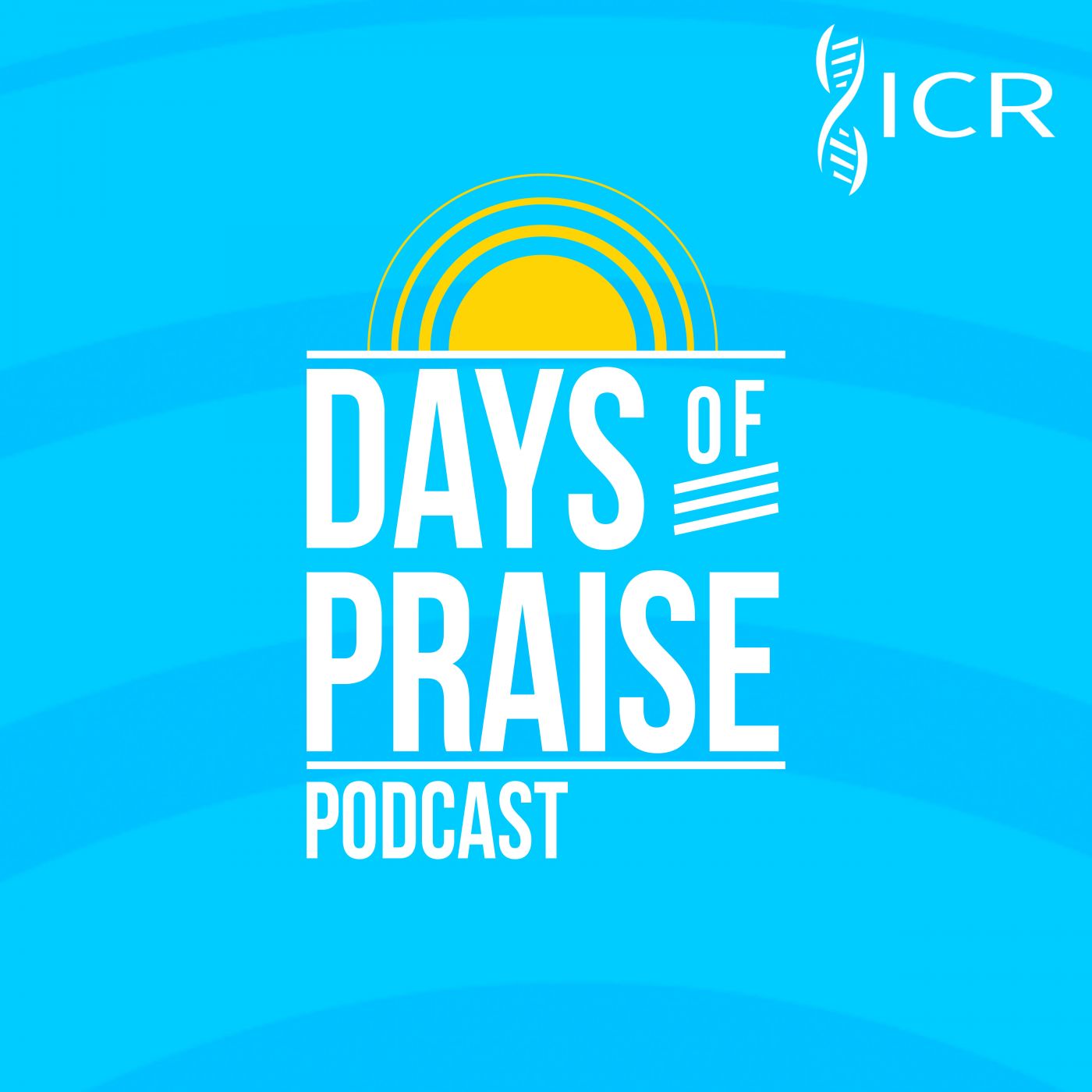“But ye, beloved, building up yourselves on your most holy faith, praying in the Holy Ghost, Keep yourselves in the love of God, looking for the mercy of our Lord Jesus Christ unto eternal life.” (Jude 1:20-21)
Jude, the half-brother of Jesus, gave his “beloved” readers an essential list of four timeless habit-building patterns expressed in four parallel Greek participles—building, praying, keeping, and looking.
- Building. Personal edification (“building yourselves up”) comes from growing in the knowledge of “your most holy faith.” The faith “once delivered unto the saints” (v. 3) also includes the teachings of the apostles that were added to the Old Testament and gospels.
- Praying. Believers pray in God’s Spirit. One exposition of Jude 1:20 described it as “praying out of hearts and souls that are indwelt, illuminated, and filled with the Holy Spirit” (George Lawrence Lawlor, Translation and Exposition of the Epistle of Jude).
- Keeping. Preserving oneself “in God’s love” (v. 21) means being nurtured by keeping occupied in obedience with God’s love.
- Looking. We patiently wait (Greek prosdechomenoi) for the blessed hope of the return of Christ for His church. We will then enjoy never-ending eternal life in God’s presence (v. 21).
 Days of Praise Podcast is a podcast based on the Institute for Creation Research quarterly print devotional, Days of Praise. Start your day with devotional readings written by Dr. Henry Morris, Dr. Henry Morris III, Dr. John Morris, and others to strengthen and encourage you in your Christian faith.
Days of Praise Podcast is a podcast based on the Institute for Creation Research quarterly print devotional, Days of Praise. Start your day with devotional readings written by Dr. Henry Morris, Dr. Henry Morris III, Dr. John Morris, and others to strengthen and encourage you in your Christian faith.




















